You can change yard waste into helpful mulch fast with a gas-powered wood chipper. Machines like the SuperHandy Wood Chipper Mini, GreatCircleUSA Mini Wood Chipper - 7HP 212CC, and SuperHandy 4-Inch Wood Chipper Shredder Mulcher help you break down branches, leaves, and clippings. This process makes less debris go to landfills. When you use a wood chipper, you make good material for your garden and help the environment.
Key Takeaways
A gas-powered wood chipper can change yard waste into mulch fast. This helps cut down on trash and is good for your garden.
Get yard waste ready by using small branches first. Mix dry and green stuff together. Feed the chipper slowly and evenly for best results.
Always wear safety gear like a hard hat and ear plugs. This keeps you safe from loud sounds and flying pieces when using the chipper.
Take care of your wood chipper by checking blades and changing oil. This helps it work well and last longer.
Mulch made from yard waste keeps soil wet, stops weeds, and adds nutrients. This helps your garden grow better.
Wood Chipper Basics
How a Woodchipper Works
A wood chipper helps you break down garden debris. It pulls in branches, leaves, and logs through the infeed chute. The infeed system pushes the material to the chipping mechanism. Fast-spinning blades cut the wood into chips. The chips come out of the discharge chute. You can use these chips in your garden.
Tip: Use dry branches and leaves. This helps the machine work better and gives you nicer mulch.
A gas powered wood chipper can handle big branches and logs. Some can chip pieces that are several inches thick. This is great for cleaning up after storms or trimming trees. You can chip twigs, brush, and thick limbs. The engine is strong, so it chips tough debris fast.
Main Mechanical Components
Infeed Chute: Sends wood into the machine.
Infeed System: Pushes material to the blades.
Chipping Mechanism: Blades turn wood into chips.
Discharge Chute: Lets out the finished mulch.
Engine or Power Source: Runs the whole machine.
Key Features
Pick a wood chipper with features that help you work safely and easily. Brands like Landworks and SuperHandy are strong and dependable. They have big feed chutes for easy loading and sharp blades for quick chipping.
Feature |
Benefit |
|---|---|
Large Feed Chute |
Takes thick branches easily |
Powerful Engine |
Chips tough debris fast |
Safety Guards |
Keeps you safe while working |
Easy Maintenance |
Helps the machine last longer |
Gas powered wood chippers are louder than electric ones. They sound as loud as a motorcycle, about 85 to 95 decibels. Always wear hearing protection when using the machine.
Note: Loud noise for a long time can hurt your health. Take breaks and wear safety gear.
Yard Waste to Mulch
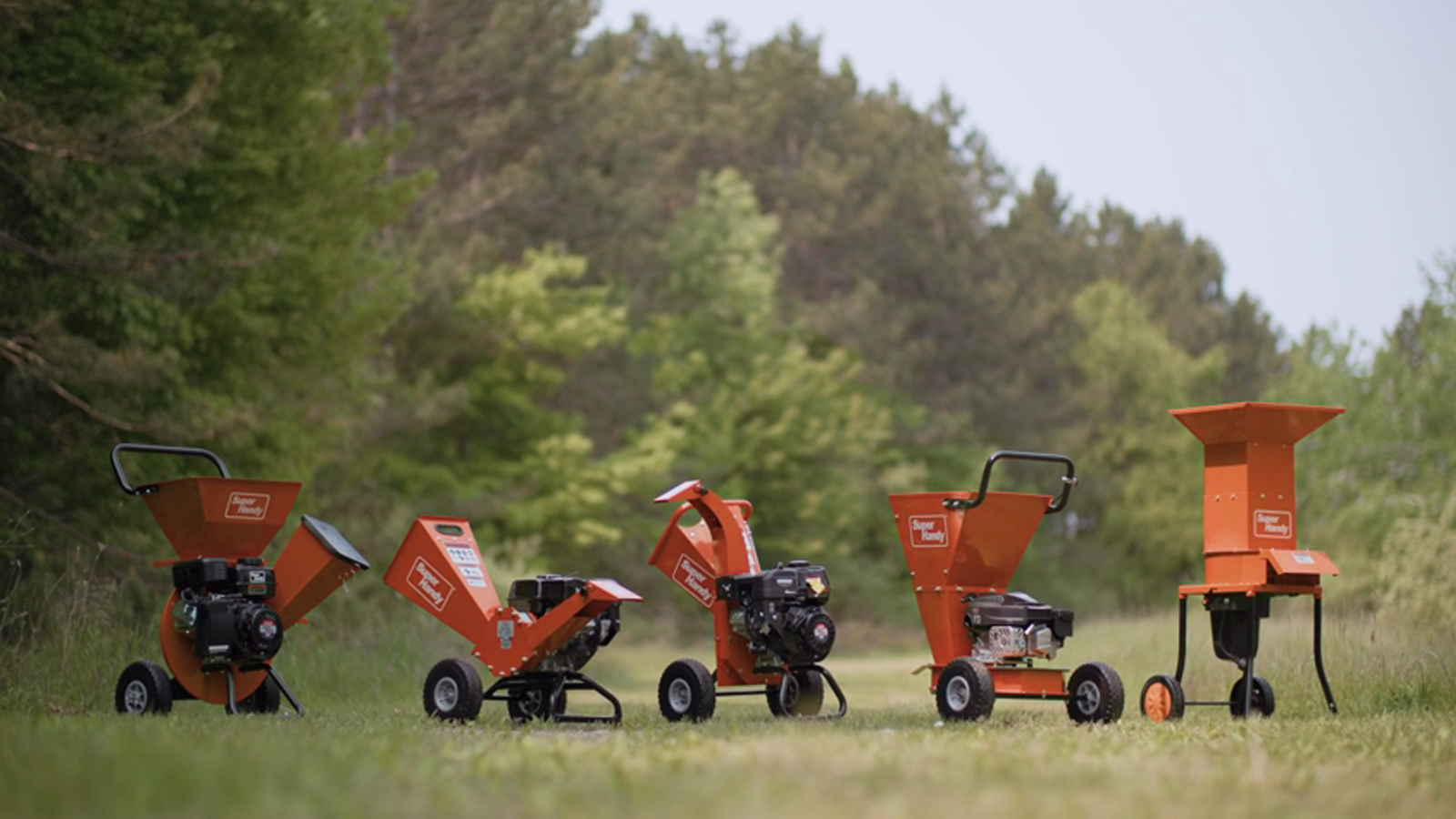
Transforming yard waste into useful mulch is simple when you follow a clear step-by-step guide. You can turn piles of branches, leaves, and grass clippings into valuable material for your garden. This process helps with landscaping cleanup and reduces the amount of debris that ends up in landfills.
Preparing Yard Waste
Before you start, you need to get your yard waste ready for the wood chipper. Proper preparation makes the chipping process smoother and safer. Here is a step-by-step guide to help you:
Begin with Smaller Pieces: Start with small branches and twigs. As you gain confidence, you can move on to larger branches.
Feed Material Slowly: Let the wood chipper pull in the material. Always feed branches butt-end first for better efficiency.
Mix Dry and Green Material: Combine dry branches with green leaves or grass. This mix prevents jams and keeps the chipping steady.
Feed Consistently: Keep a steady pace. Do not overload the hopper. This helps the machine work at its best.
Tip: Remove rocks, dirt, and metal from your yard waste before chipping. Clean material protects the blades and keeps your wood chipper running longer.
Chipping Process
Once you have prepared your yard waste, you can begin chipping. Knowing how to use a wood chipper safely and efficiently is important for every landscaping cleanup project. Here is another step-by-step guide for the chipping process:
Start the Machine: Make sure your gas-powered wood chipper is on a flat surface. Check that all safety guards are in place.
Feed Yard Waste: Place the prepared branches and clippings into the infeed chute. Use a steady hand and let the machine do the work.
Monitor Progress: Watch for any jams or slowdowns. If you notice resistance, stop and check the blades. Mixing dry and green materials helps prevent clogs.
Handle Challenges: Sometimes, you may face issues like dull blades or increased cutting resistance. Check the blade condition and adjust your feed rate if needed. If you notice tool folding or surface problems, stop and inspect the machine.
Solution |
|
|---|---|
Finished surface deterioration |
Check blade condition and use the right tool for the job. |
Tool folding |
Prepare yard waste properly to avoid tool damage. |
Cutting resistance increase |
Adjust feed rate and use sharp blades to lower resistance. |
A standard homeowner-sized wood chipper can chip a car-sized pile of small branches in a few hours. If you have a pickup truck load of yard waste, expect to spend a day or two producing wood chips. For larger jobs, brands like Landworks and SuperHandy offer machines that handle tough debris quickly, making landscaping cleanup much easier.
Note: Seasonal changes affect how to use a wood chipper. Wet or frozen yard waste may slow down the process. Dry, mild weather is best for producing mulch and compost.
Collecting Mulch
After chipping, you need to collect and store the mulch. This step is important for both garden health and ongoing landscaping cleanup. Here is how to use a wood chipper to collect and manage your mulch:
Place a tarp or container under the discharge chute to catch the mulch as it comes out.
Store extra mulch in ventilated bags or containers with air holes. Good airflow prevents fermentation and keeps the mulch safe for your garden.
Use the mulch right away for pathways, flower beds, or around trees. You can also mix it with compost for richer soil.
If you have byproducts that cannot be used as mulch, consider using air curtain burners. These machines burn wood waste cleanly and reduce emissions, making disposal safer for the environment.
Tip: Mulch helps your garden in many ways. It keeps soil moist, reduces weeds, and protects plant roots from temperature changes. Using mulch from your own yard waste means you recycle nutrients and improve your garden’s health.
Mulch depth matters, too. A thicker layer helps keep soil temperatures steady and holds more moisture. This is especially helpful during hot or dry seasons. When you use a wood chipper for landscaping cleanup, you create mulch for gardening and reduce the volume of yard waste. You also make compost that boosts plant growth and keeps your garden looking its best.
Benefits of Using a Wood Chipper
Waste Reduction
A woodchipper turns big branches and piles of leaves into small chips. This makes your yard waste take up less space. You do not need as many bags for debris. You can make a neat pile of mulch instead. This saves room and means fewer trips to the landfill. A woodchipper helps you handle yard waste more easily. It also helps you care for your yard in a green way. When you use a woodchipper, you reuse the material in your garden. This lowers your carbon footprint. This simple step makes yard work faster and better.
A woodchipper changes big wood waste into small chips. This makes yard waste much smaller. You do not need to throw away as much. You can use the chips again in your yard. This helps the planet by lowering your carbon footprint.
Eco-Friendly Landscaping
A woodchipper helps you take care of your yard in an earth-friendly way. When you chip garden debris, you keep green waste out of landfills. This cuts down on methane gas. The mulch you make covers the soil. It keeps water in and stops weeds from growing. Mulch also helps the soil and keeps it from washing away. Using a woodchipper is good for the earth and your garden.
Benefit |
Description |
|---|---|
Turns big green waste into chips, so less goes to landfills and less methane is made. |
|
Natural Mulch Production |
Chips become mulch, keeping water in soil, stopping weeds, and making soil better. |
Soil Improvement and Erosion Control |
Makes soil stronger and richer, and keeps it from washing away. |
Carbon Sequestration |
Helps store carbon in plants and mulch, which lowers greenhouse gases. |
Wildlife Habitat Enhancement |
Gives homes to helpful bugs and animals, making your yard full of life. |
You do not need as many chemical fertilizers.
You help keep the soil healthy in a natural way.
You support green gardening every season.
Creates Mulch for Gardening
A woodchipper gives you free mulch for your yard. You can put mulch around trees, flowers, and walkways. Mulch keeps the soil wet, blocks weeds, and adds nutrients over time. As wood chips break down, they feed the soil and help plants grow. You save money because you do not have to buy mulch or pay for waste pickup. Gas-powered woodchippers like Landworks and SuperHandy can chip big branches and thick limbs.
Benefit |
Description |
|---|---|
Mulch keeps water in the soil, which helps plants stay healthy. |
|
Weed suppression |
Mulch blocks sunlight, so weeds cannot grow as easily. |
Slow-release fertilizer |
As wood chips rot, they slowly give nutrients to the soil. |
Boosts organic matter |
Old wood chips add good stuff to the soil, helping plants grow better. |
Mulch helps tiny soil creatures move in fast, which is good for the soil.
Mulch works like compost, making plants and soil healthier.
You can use mulch in many ways. Put a three-inch layer around trees or in gardens to keep roots warm in winter. Add more mulch when it gets thin to keep your garden strong. Some wood chips, like cedar, can even keep bugs away.
Wood chip mulch is a great natural tool for gardens. It keeps water in, stops weeds, and feeds the soil slowly. Using old wood chips in the soil makes plants grow better and keeps the garden healthy.
A woodchipper saves you money over time. You do not have to pay someone to take away yard waste. You also get free mulch, so you spend less at the store. Gas-powered woodchippers are stronger than electric ones. They chip branches faster and can handle more at once. This helps you finish yard work quickly and keep your yard looking nice.
Power |
Debris Handling Capacity |
|
|---|---|---|
Gas Chippers |
More powerful |
Can chip more and do it faster |
Electric Chippers |
Less powerful |
Can chip less and need a plug |
A woodchipper helps you care for your yard and the earth all year long.
Safety and Efficiency Tips
Safety Gear
You must wear safety gear before using a gas powered wood chipper. This keeps you safe from flying pieces and loud sounds. Always wear a hard hat with a chin strap, safety glasses, ear protection, and gloves. Pick gloves without cuffs and do not use gauntlet types. Wear steel-toed boots for more safety. Keep your shirt sleeves buttoned and your shirt tucked in. Do not wear loose clothes, jewelry, or anything that could get caught.
Tip: Never use a wood chipper by yourself. Work with someone else and keep kids and pets at least 10 meters away.
Follow these steps to stay safe:
Walk around the chipper and check it. Make sure all guards are on and blades are sharp.
Put the chipper on flat ground.
Check the fuel and oil before you start.
Stay in the safe area and keep your arms bent at 90° to the hopper.
Feed branches butt-end first and do not push them in hard.
Take out rocks and trash from yard waste to protect the blades.
Maintenance
Doing regular maintenance keeps your wood chipper working well and safely. Check and tighten bolts before every use. Change the engine oil after the first 8 hours, then every 50 hours. Look at spark plugs every 10 to 20 hours. Clean or change the air filter and oil moving parts at the end of each season. Use new gasoline and a fuel stabilizer before each job. Adjust the belt often, especially after the first hour. Get your machine ready for storage if you will not use it for a while.
Maintenance Task |
Frequency |
|---|---|
Change engine oil |
After first 8 hours, then every 50 hours |
Inspect spark plugs |
Every 10-20 hours |
Clean/replace air filter |
End of each season |
Lubricate moving parts |
End of each season |
Check/tighten fasteners |
Before each use |
Adjust belt tension |
Regularly |
Use fresh gasoline |
Before each job |
Prepare for storage |
Before long-term storage |
Many people say their Landworks or SuperHandy wood chipper lasts up to twenty years with good care.
Efficient Operation
You can chip better by keeping blades sharp and cleaning your machine after use. Sharp blades help the motor and chip branches faster. Always feed branches at the speed the manual says. Start with small branches and use bigger ones as you learn. Watch for jams or odd sounds and stop if you see anything strange. Use the controls to clear jams safely.
Note: Good chipping habits help you finish yard work fast and make it easy to get rid of branches.
Know what your machine can handle. Only chip branches that fit the size in the manual. Practice helps you control the chipper and avoid accidents. Store your Landworks or SuperHandy chipper in a dry place to stop rust and keep it ready for next time.
A gas powered wood chipper from Landworks or SuperHandy helps you change yard waste into mulch and compost for your garden. You help nature by recycling almost 90% of debris and sending less to landfills. You also save both money and time.
Benefit |
Description |
|---|---|
Processing Speed |
Chippers work much faster than hauling by hand. |
Cost Savings |
You can save about $740 each year by making mulch yourself. |
Environmental Impact |
Chippers turn most yard waste into mulch that feeds your garden. |
Mulch makes soil better, keeps water in, and helps plants grow strong.
Your garden becomes greener and healthier.
Use a wood chipper for your next yard job and notice how your garden improves.
FAQ
How often should you use a wood chipper in your yard?
You should use a wood chipper whenever your yard has a buildup of branches, leaves, or clippings. Regular chipping keeps your yard clean and helps you create mulch for your garden beds.
Can you chip wet yard debris?
You can chip wet yard debris, but dry material works better. Wet yard waste may clog the machine and slow the process. For best results, let yard branches and leaves dry before chipping.
What safety steps should you follow in your yard?
Always wear safety gear when using a chipper in your yard. Keep children and pets away from the yard work area. Check your yard for rocks or metal before chipping. Follow the manual for your Landworks or SuperHandy chipper.
How do you use mulch from your yard?
Spread mulch from your yard around trees, flower beds, and walkways. Mulch helps your yard soil hold water, blocks weeds, and keeps roots cool. Use a three-inch layer for best results in your yard.
Why choose a gas-powered chipper for your yard?
A gas-powered chipper handles large yard debris quickly. You can chip thick branches and tough yard waste with ease. Landworks and SuperHandy models work well for big yard projects and help you keep your yard tidy all year.


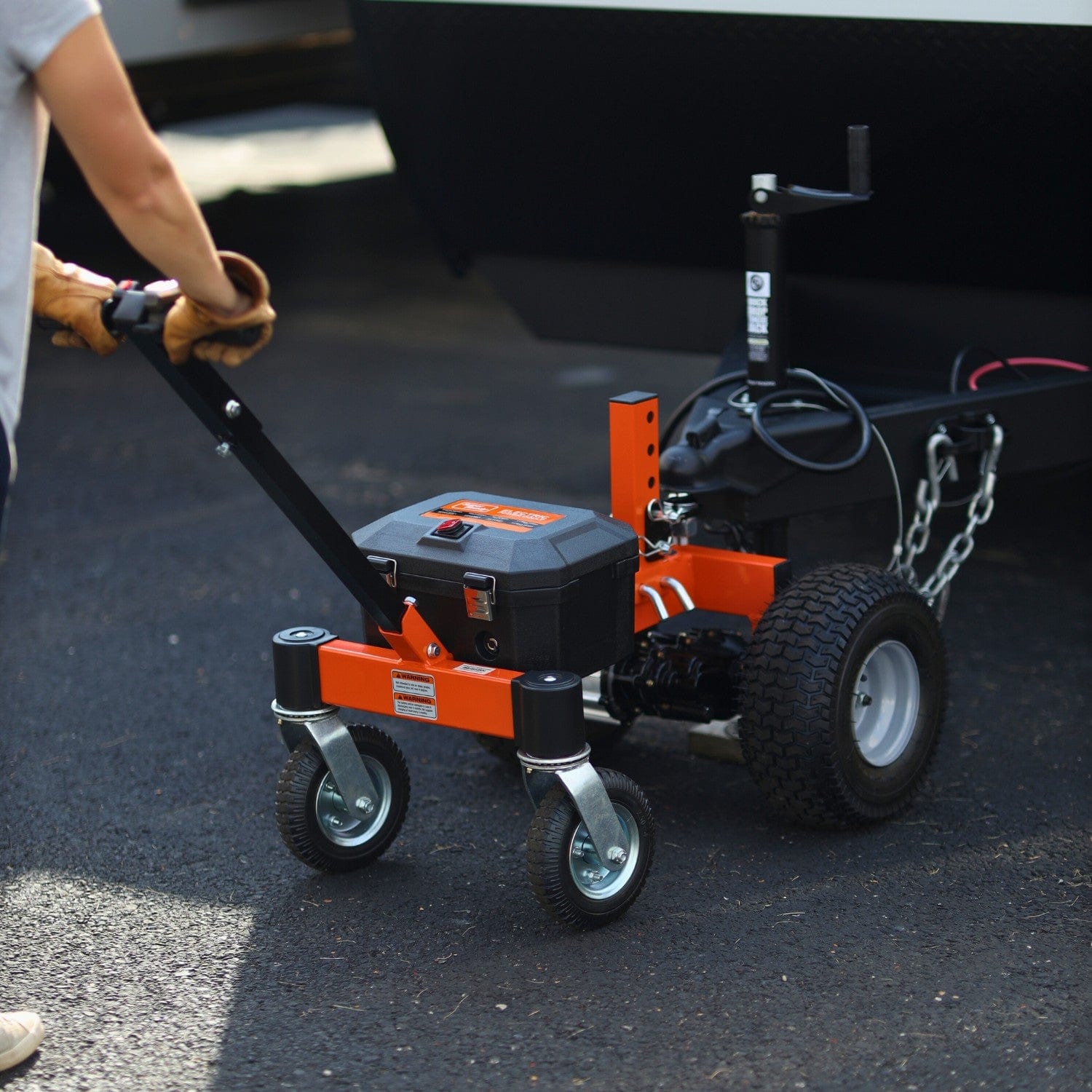
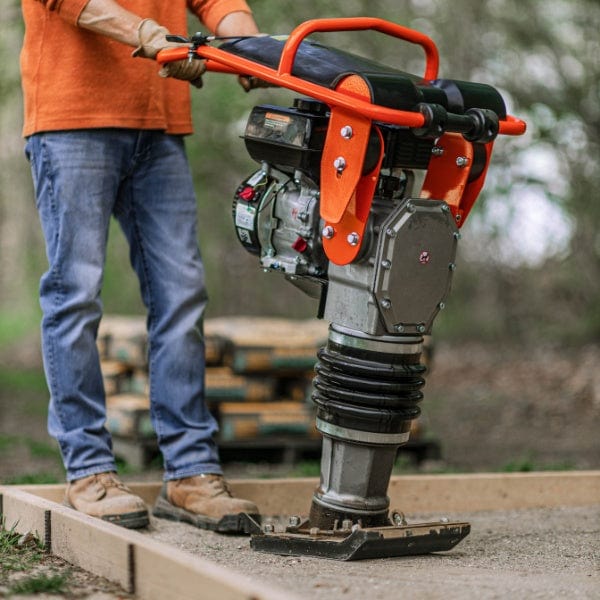
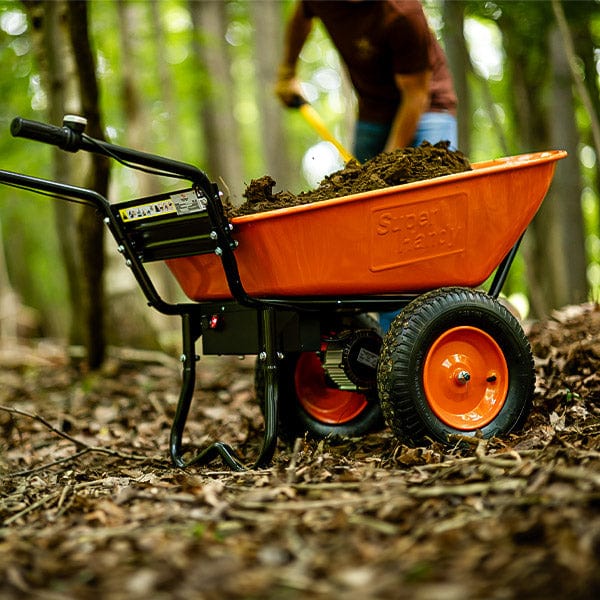


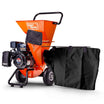
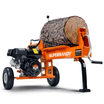

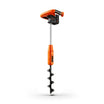
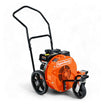



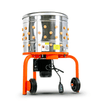
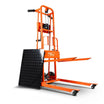

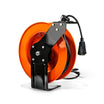

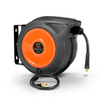


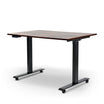


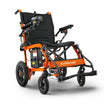



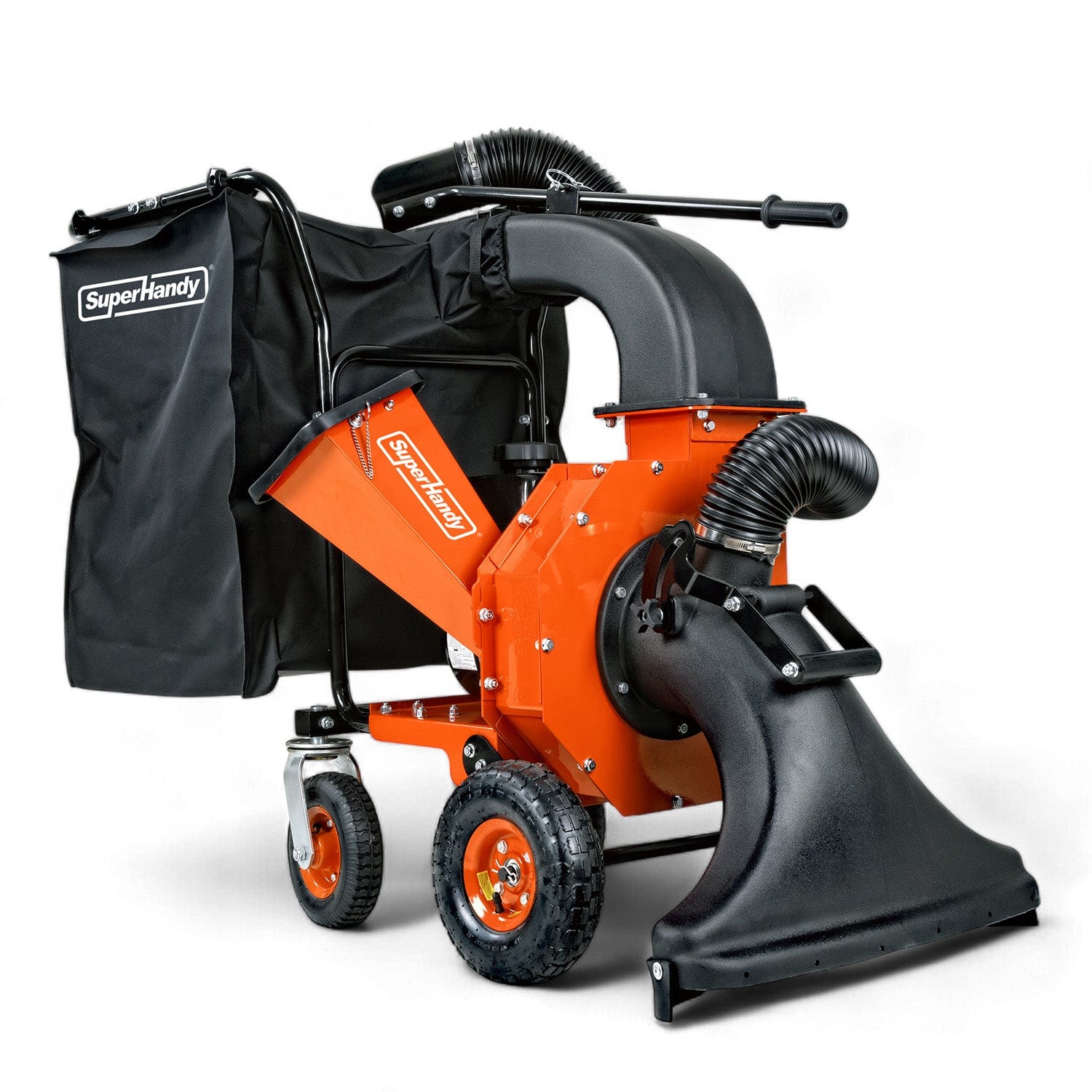

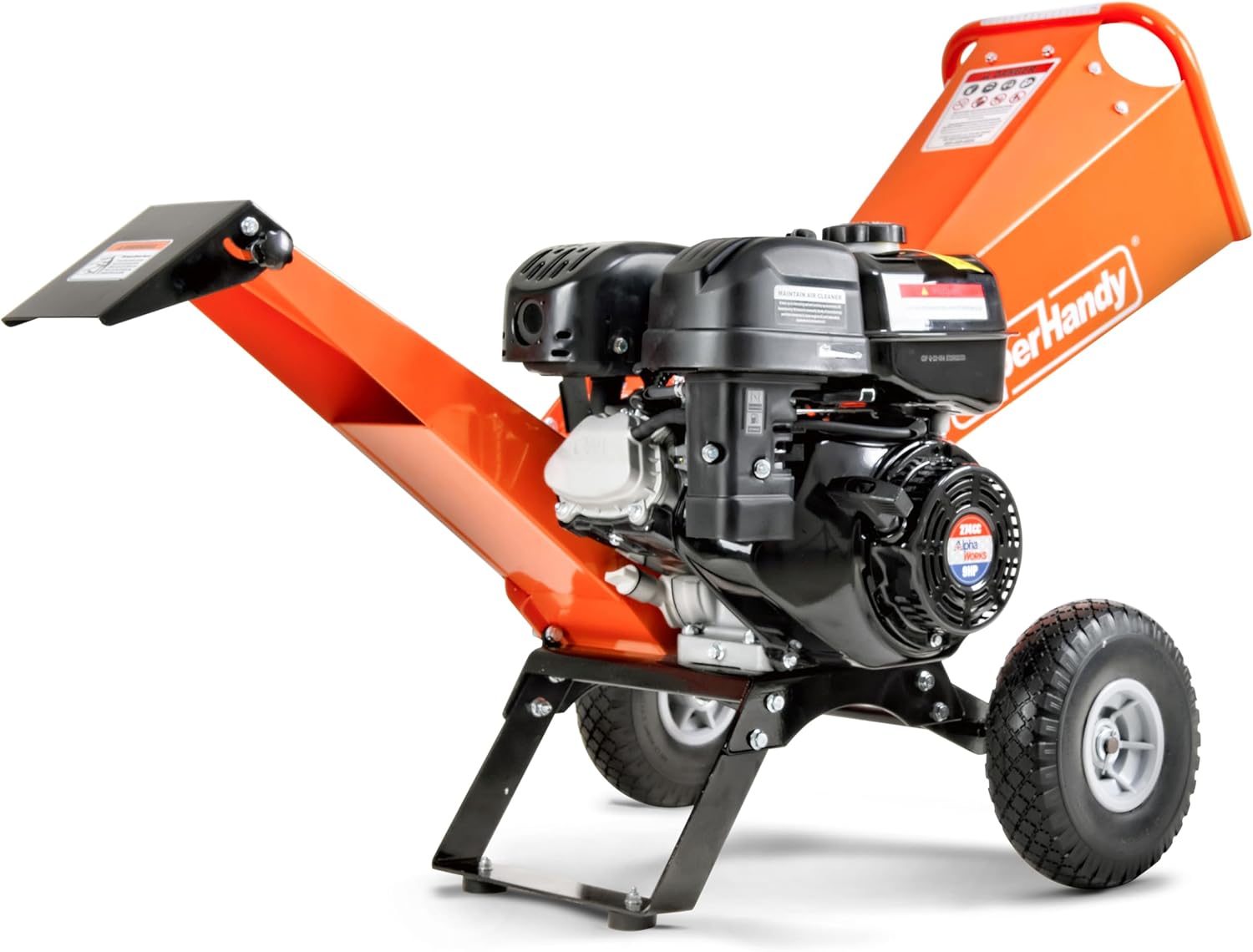


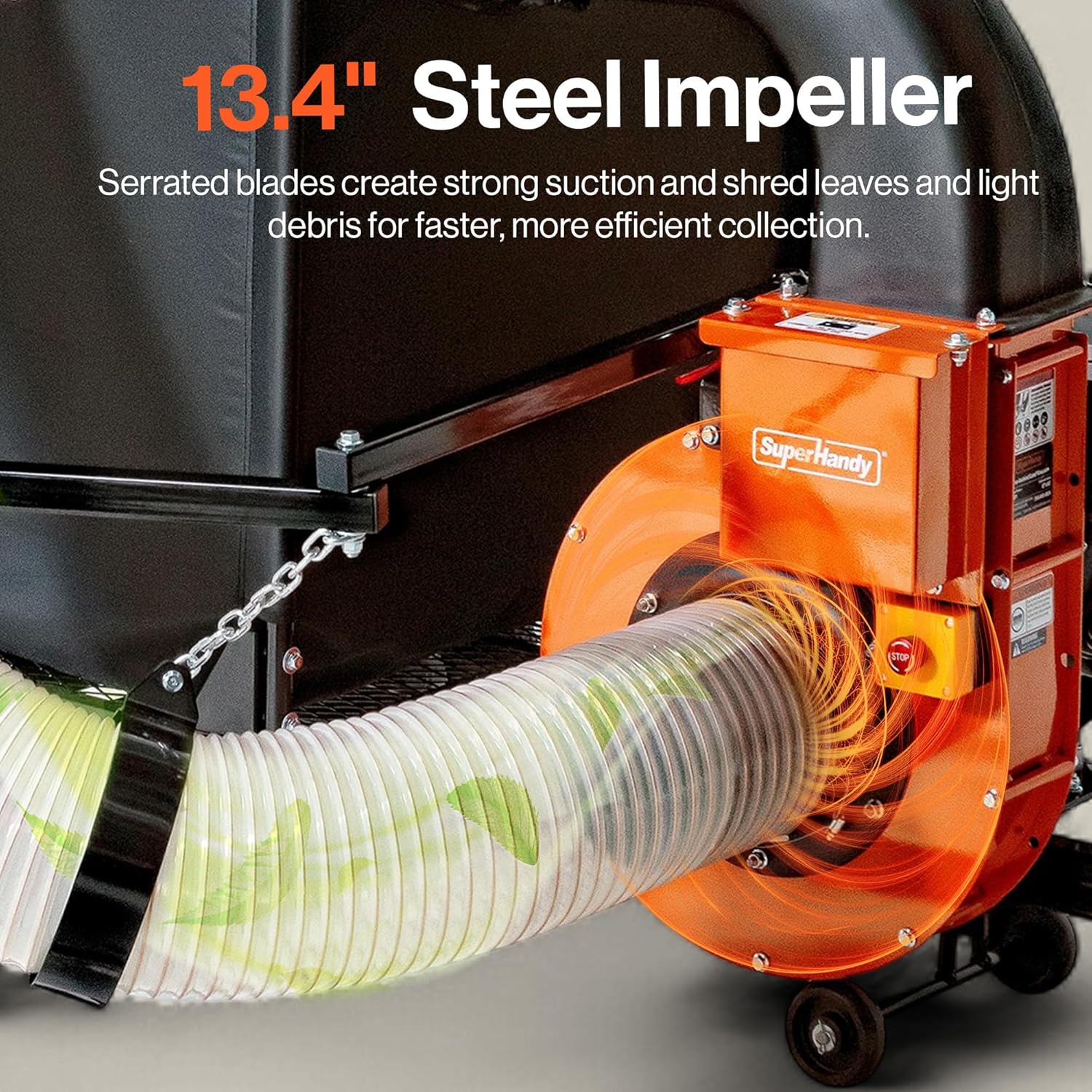


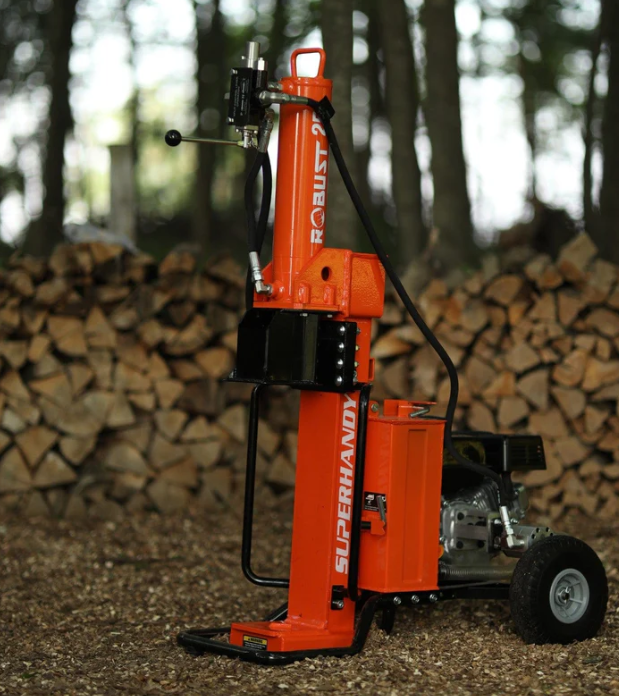

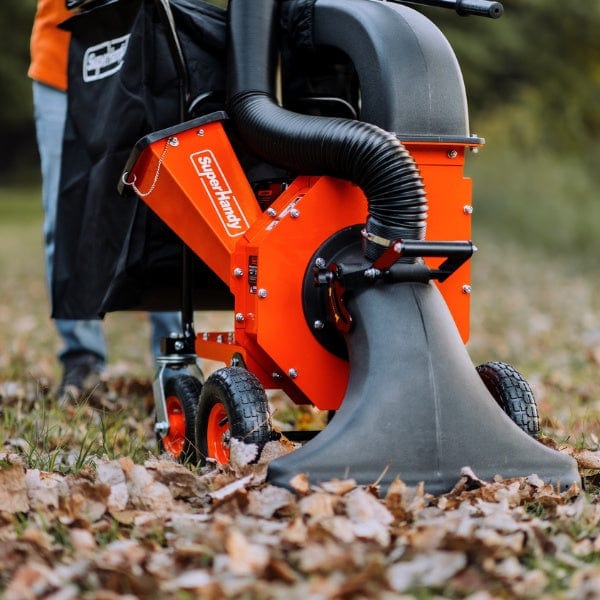
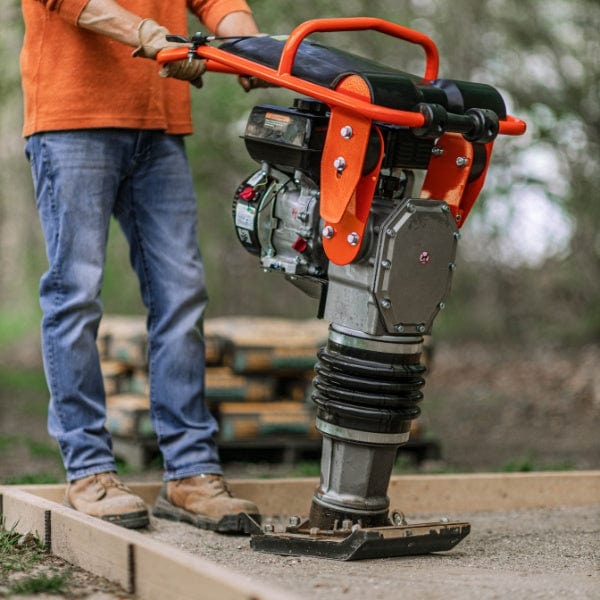

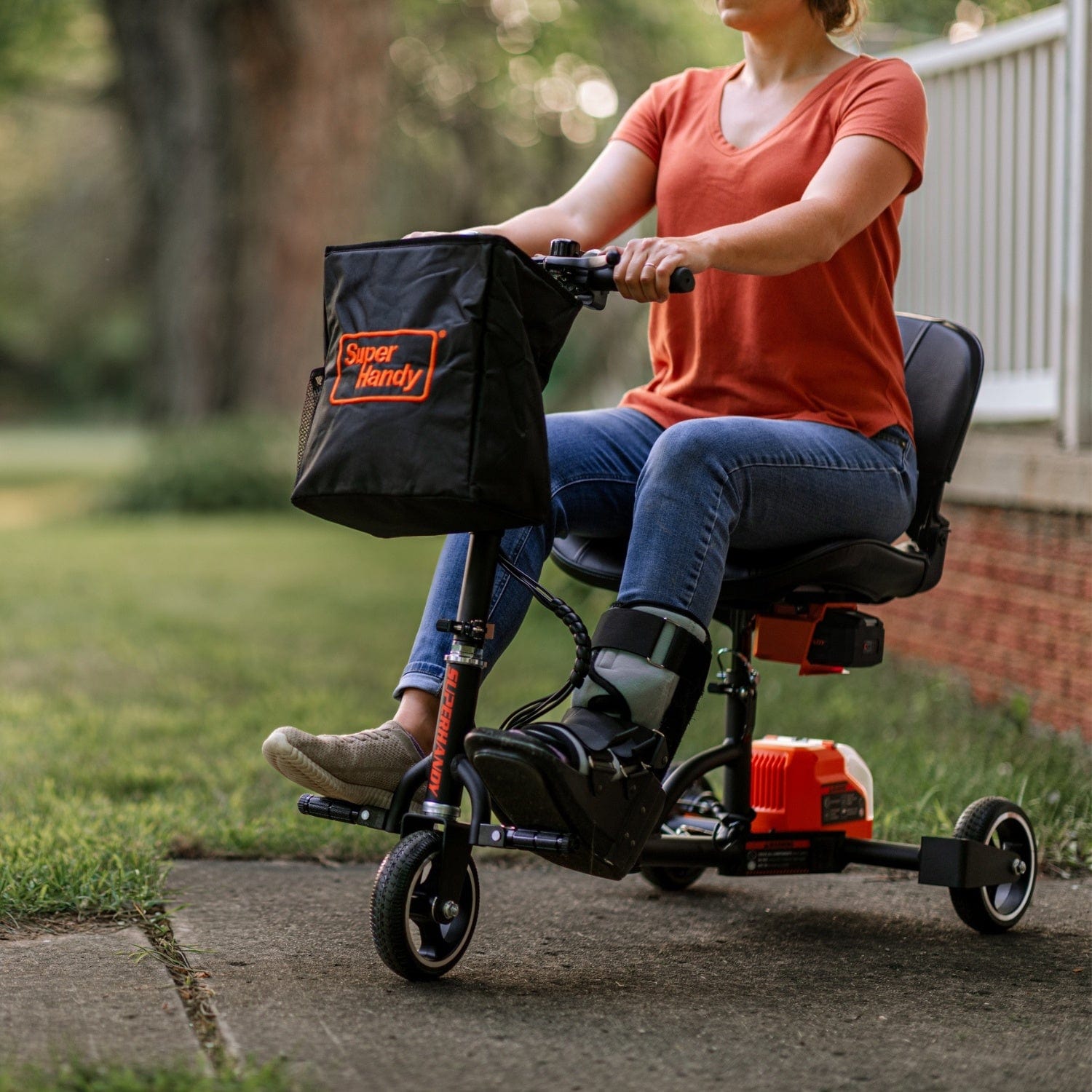
Leave a comment
All comments are moderated before being published.
This site is protected by hCaptcha and the hCaptcha Privacy Policy and Terms of Service apply.